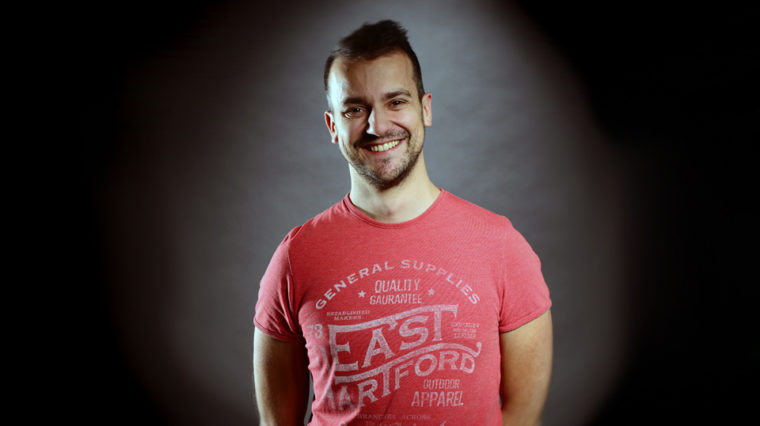
5 minutes with… Aymeric Perceval
The opportunity..
When you think of a film with Arnold Schwarzenegger and zombies, you’ve got a pretty clear idea of what to expect and yet, Maggie was completely the opposite: subtle and poetic. Add to that the gorgeous photography and you’ll understand why we got very excited at the idea of being involved in this project. Most of the work we did would be 2D oriented, so I was a good fit as visual effects supervisor. In London and Montreal, 60 artists helped deliver 130 shots in just over 2 months. The shots can be split pretty much into two bodies of work: applying a “dead world” look and zombifying Maggie and other actors.
Creating a “dead world”..
When the movie starts, we see Maggie (Abigail Breslin) wandering in an abandoned Kansas city, and several other shots of Wade (Arnold) driving through the countryside. Because the rest of the film is primarily character based, it was important to make sure that these early shots successfully established the abandoned, eerie state of the world. Director Henry Hobson had very detailed intention boards explaining the look of the skies, fields, city and atmosphere he wanted; so we started from there.
We used a traditional two and a half D approach, projecting matte paintings in Nuke onto cards, sky domes and basic geometry modelled with Maya. We destroyed houses, burned cars, tagged walls, killed every hint of life and reinvented locations by adding abandoned football fields, rusty water towers, empty flyovers, dusty debris and a Kansas city skyline.
But the “dead world” look of Maggie goes also beyond the digital matte paintings. Photography was shot amidst beautiful green landscapes, except that in the story, all the vegetation is supposed to be dead. We were asked to take the lead for the digital intermediate stage by defining a palette and look which would form the basis of the grade.
The zombie look…
In Maggie’s world, zombification is a very slow process and weeks pass between the moment she is bitten on the arm to when she finally loses control. Henry’s idea was to show the disease spreading from the wound by a network of dark veins, little by little covering Maggie’s whole arm, shoulder, neck and finally her face. In total, we’ve created five stages of decay where eventually her eyes cloud, the skin around them rots, dry scabs and mould appear and ultimately, black veins invade her eyes.
While the earlier stages of the zombie look were 2D digital make-up enhancements, the latter stages required 3D renders. We replaced a part of her face using the original make-up as a base and covering it with multiple layers of bruises and scabs. The look was always more about disease than traditional gore: it had to be almost poetic. For this reason, it became essential for the team to define a clear vision of the evolution of the zombie process to keep continuity between shots.
The end result..
The whole project, and particularly our relationship with director Henry Hobson, was incredibly constructive and supportive. Despite the great deal of work to do in a short time, I’ve loved supervising the visual effects for this movie. The team was fantastic and I think the work speaks for itself.
Aymeric is 2D Supervisor at Cinesite. His credits include Edge Of Tomorrow, X-Men: Days of Future Past, Robocop, 300: Rise of an Empire and World War Z. He is currently working on Ant-Man.
